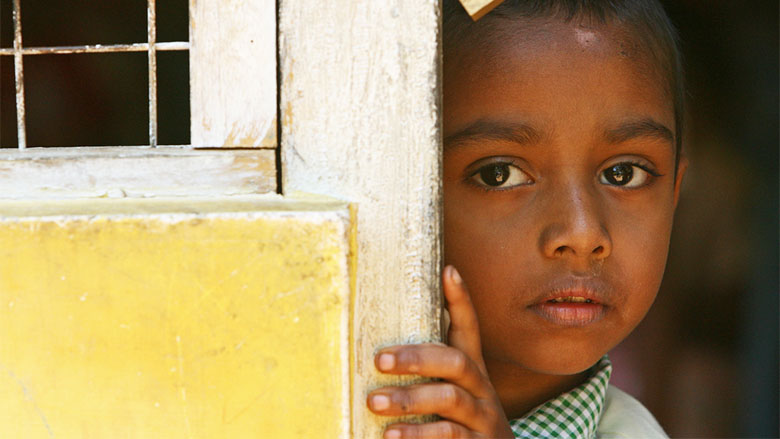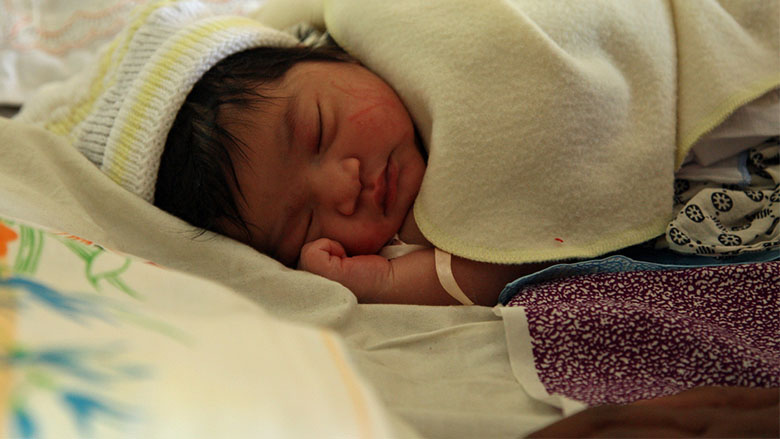Yasuri Chamathka is only 4 years old. She lives in Horana, Sri Lanka, with her parents Neel and Sanjeevani. The little girl attends a nearby Montessori, where her teacher says she is one of the brightest children in class. What will Yasuri grow up to be? How long will she stay in school? When she graduates, will she be in good health, ready for further learning or work?
In 2017, the World Bank announced the Human Capital Project. Human Capital – essentially the knowledge, skills, and health that people accumulate over their lives – can determine how effectively countries compete in the global economy.
With the project underway, the Bank released its new Human Capital Index (HCI) this October. Measuring productivity-related human capital outcomes, the index was designed to serve as a crucial resource for both policymakers and citizens.
In Yasuri’s case, it means considering not only what her chances were of survival as an infant but whether Neel, Sanjeevani and the state invested sufficiently in early childhood education to hardwire her for success. The index also measures student learning and adult health to arrive at a national ranking – giving us a glimpse of what Yasuri’s future might look like.
Investing in human capital is an urgent task
The report reveals that 56 percent of children born today across the world will lose more than half their potential lifetime earnings because governments are not currently making effective investments in their people to ensure a healthy, educated, and resilient population ready for the workplace of the future.
Nearly a quarter of all young children are stunted (low height for their age) and a learning crisis is holding many countries back. Half the world’s population cannot access essential health services, and many are pushed into poverty each year because of out-of-pocket health expenses.


